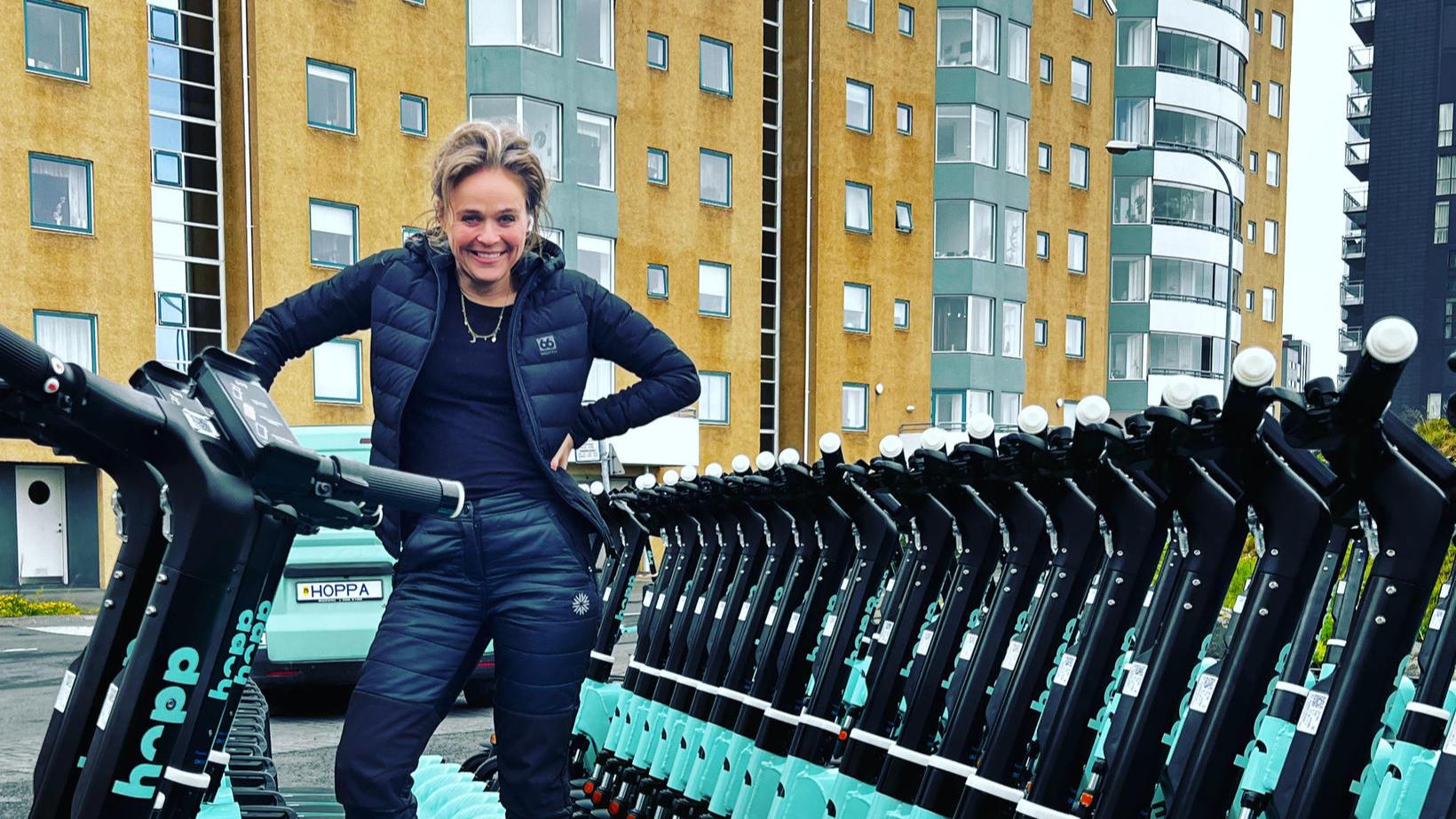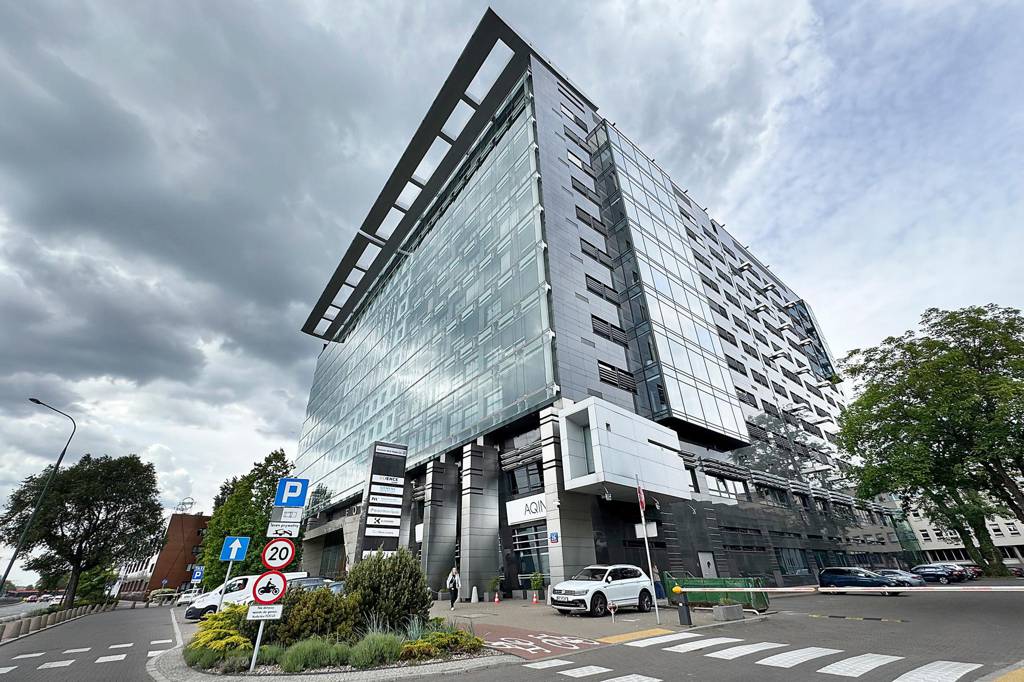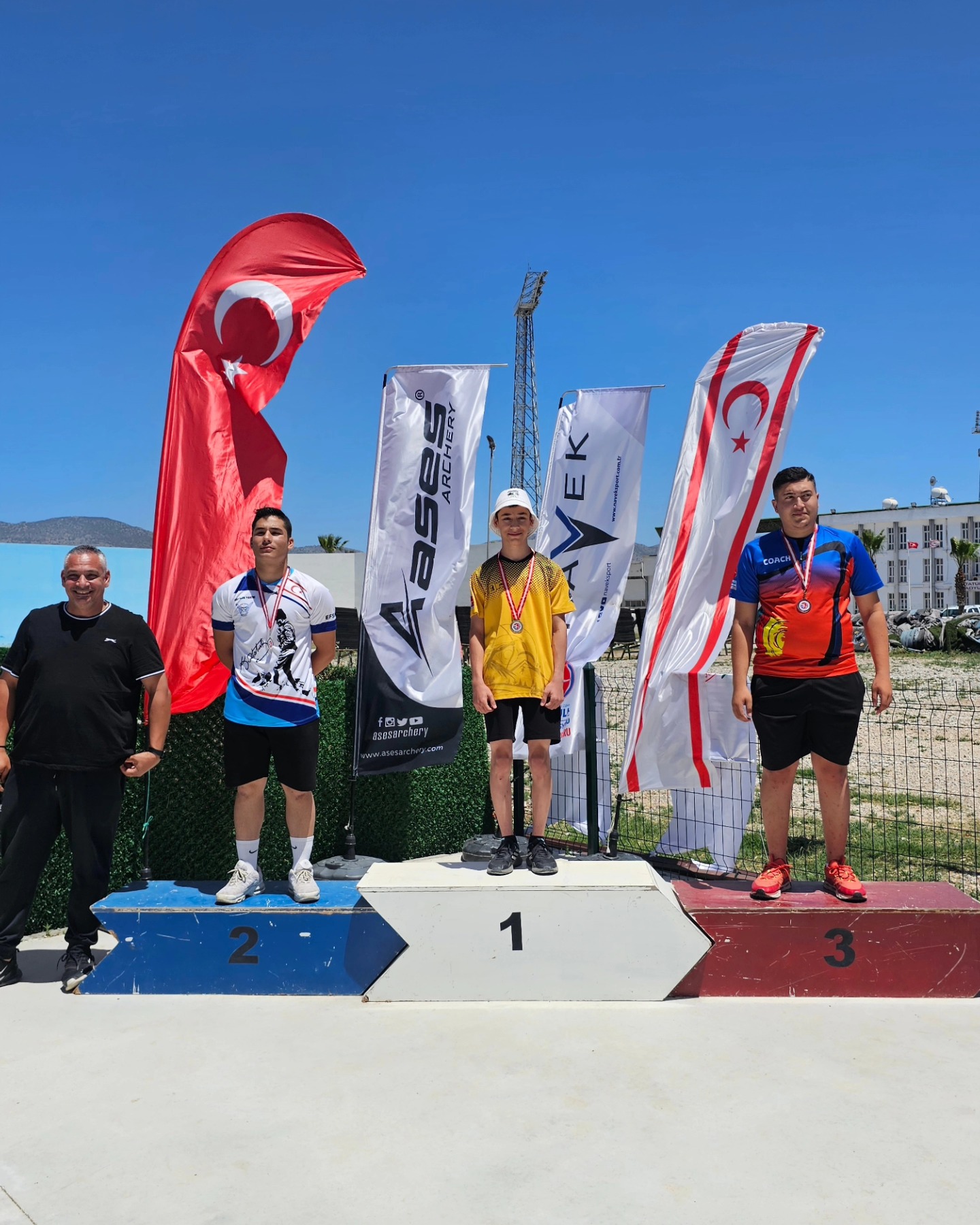The bounce bikes go half way around the globe a day

Electrode cutters bounce an average of half a circle around the earth every day.
Each electrical wheel is used on average for four trips a day, or about 6.5 kilometers. About 3,200-3,300 wheels are in circulation. This is among the statistical information that Hopp provided mbl.is.
3.3 trips around the globe per week
If the combined distances are taken that the electrode fleet goes, it corresponds half way around the globe every day, or about 20,800 to 21,450 kilometers. To play that numbers were about 3.3 rings around the earth per week or 13 trips a month.
Hop began its operations in the fall of 2019 with 60 electrodes in circulation, but soon the number was increased to 300.
« When I start here in 2021, we increased to 1,000. The following year we have reached 3,000. In the years 2023 and 2024, the first years we work with a relatively same number of electrode buses, » says Sæunn Ósk Unnsteinsdóttir, Managing Director of Hop in a conversation with mbl.is.
42,000 users per month
« Now we have been working for five years. For the past four years we have gone over two million trips every year, » says Sæunn.
She believes that the company has 80-90% of all electrode boots that are rented in the capital area.
She says that from May to October there are an average of 42,000 electrode users of Hopp bikes per month.
« If all these people were to rely on other modes of transport, think what this has a big impact on traffic, » says Sæunn.
The city gives space and bounce provides a discount
She says that among the most popular areas on which the hopp workers are distributing the sailboats are so-called bounce-spott areas, for example in Laugardalur, Hlíðar, Borgartún, downtown, Hlemmi, Lækjartorgi, Vesturbænar and Grandi.
The bounce-spott areas have reached 183. This is a special well-marked area in both the hop app and in the real world.
The areas are made in collaboration with private parties and municipalities, for example Kopavogur and the City of Reykjavik.
« The City of Reykjavik is giving us space, giving us the proceeds of the parking lot and then we give a discount on the trip for the user to lay in certain places. A similar story is told in Kopavogur.








